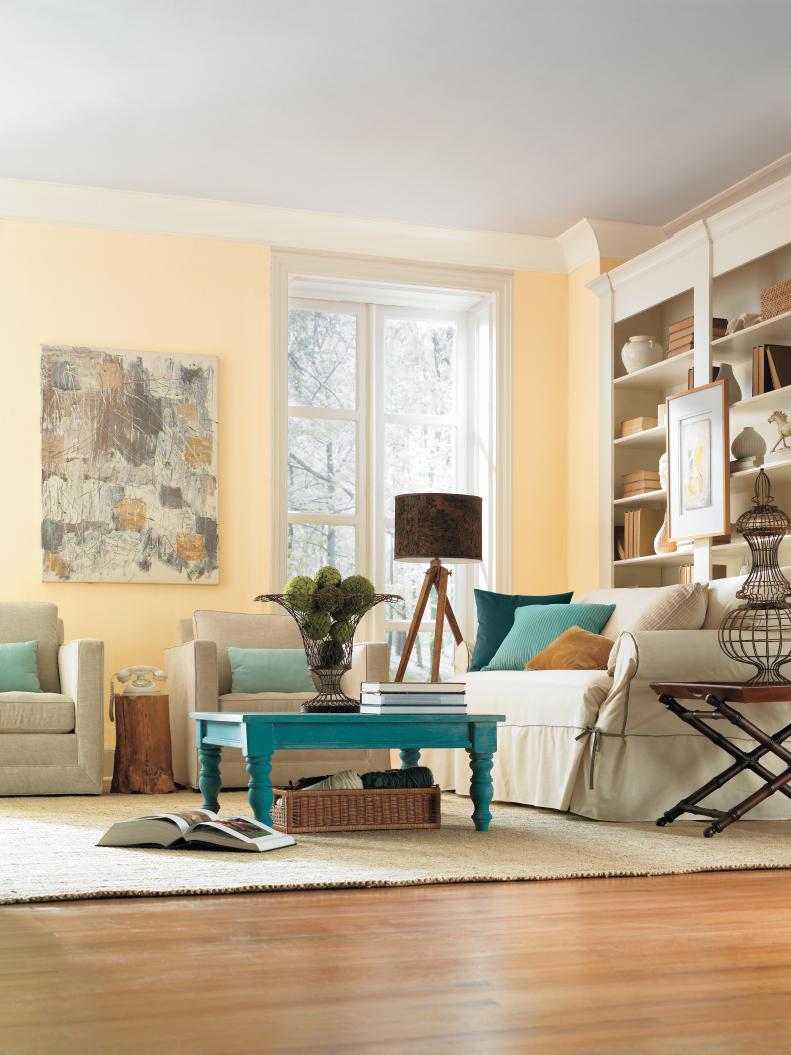1 / 6
Photo: Olympic Paint
The Power of Palettes
We all know that color has the power to transform an interior. But how do you use it? A fresh coat of paint is the easiest way to make a change at home but choosing a color palette can be daunting and, at times, confusing. That's where color theory comes in. Interior designers Jeff Andrews, Maria Killam and Misty Walker of Olympic Paint provide insights into the science of color theory and how you can use it to create colorful spaces that make you feel right at home. Image courtesy of Olympic Paint







